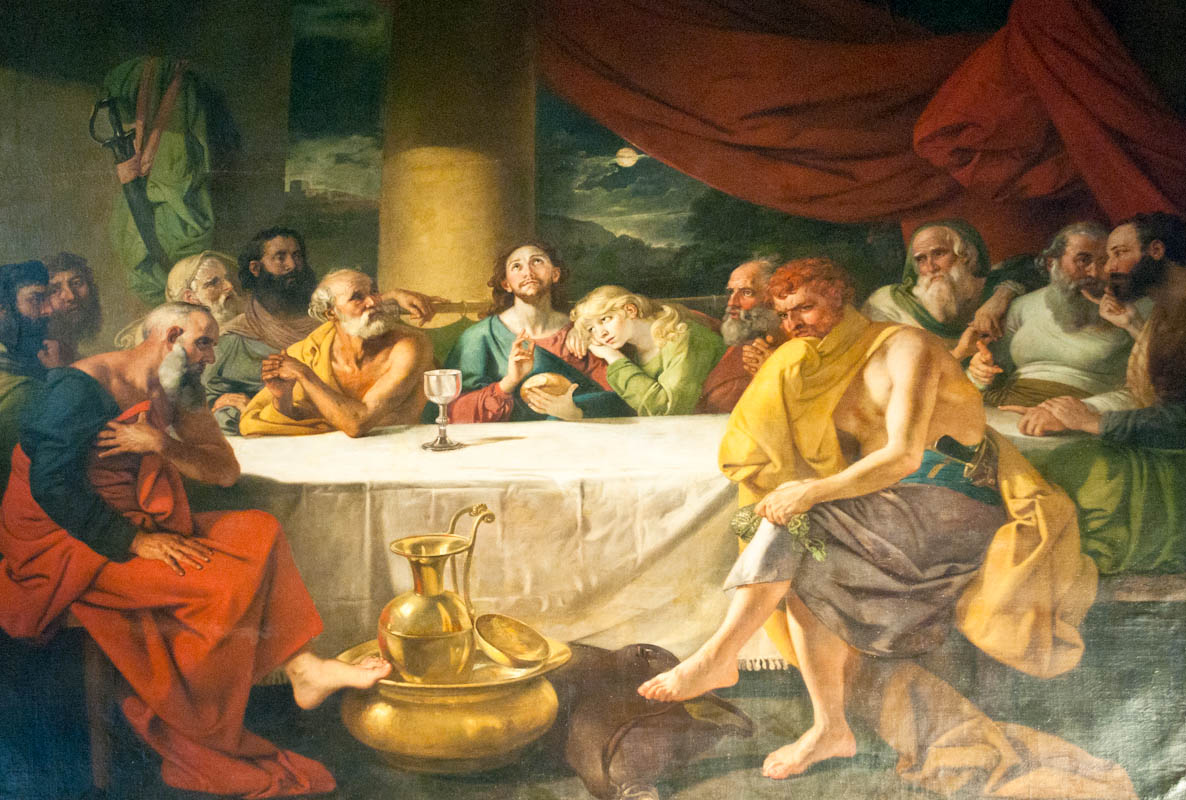Jesus’ Tomb: When Journalists, Archeologists, and Statisticians Collide
Last week’s Discovery Channel documentary on Jesus’ family tomb represents a leading example of how science, journalism, and theology often arrive at different answers based on competing assumptions, incentives, and imperatives.
Disregard for the moment how this important debate was immediately dismissed by conservative interest groups like Fox News, with calls to ban the the Discovery Channel program because it might be “deeply offensive to Christians” (see the clip above).
What’s really at issue is the statistical estimate by UToronto’s Andrey Feuerverger that there is only “a one in 600 chance that the names–Jesus, Matthew, two versions of Mary, and Joseph–scribbled on five of the 10 ossuaries (or caskets for bones) found in the Talpiot tomb could have belonged to a different family than the one described in the New Testament.”
As Scientific Americanreports, like any statistical estimate, Feuerverger’s calculation is only as good as the assumptions that lay behind it, assumptions that Feuerverger has to base on the opinions of experts from other fields:
It was only when Feuerverger assumed that some of the names were exceptional, and fit with scholars’ beliefs about the historical family of Jesus, that his calculation became worthy of advertising. According to Feuerverger, the most important assumption by far was the one that dealt with the inscription that appears on the ossuary that the documentarians assert belonged to Mary Magdalene. “The extraordinariness of the Mariemene e Mara inscription gets factored into the calculation as a very rare name,” says Feuerverger. By the logic of the historians and archaeologists enlisted by the production team, this inscription is so rare that Feuerverger could safely assume that this was the only woman who possessed this name out of all of those listed in the Lexicon. This changed the odds that this tomb belonged to just any Mary Magdalene from roughly one in three to one in 80.
Beyond the assumptions built into the statistical evidence, many others have questioned why instead of going the traditional peer-review route, the finding was unveiled by way of a cable TV documentary, popular book, and major publicity campaign (see, for example, these made for YouTube segments.)
As filmmaker Simcha Jacobovici asserts earlier this week on WAMU’s Diane Rehm show, and in this YouTube clip, archeologists had 26 years to write peer review articles on the potential find, but they didn’t. Instead, he did his job as a filmmaker and journalist to raise the issue, and “invite people into the tent.” In reaction, archaeologists should consider the possibilities. Says Jacobovici : “We are filmmakers and journalists, we brought the story to the world, and now it is up to the academics to weigh in.”
In the Diane Rehm interview, Jacobovici also suggests that archaeologists failed to realize the startling potential of the tomb since they never went beyond their specialty to consult statisticians and other relevant experts. Says Jacobovici:
I’m a journalist and we know what we do, when we have a medical question about cancer, we go to cancer specialists. One of the problems here is that archaeologists are giving opinions about statistics, they really should all work together….If statisticians out there disagree, they should weigh in. But archaeologists should stop being so defensive, and weigh in on things that are really not within their professional domain.



